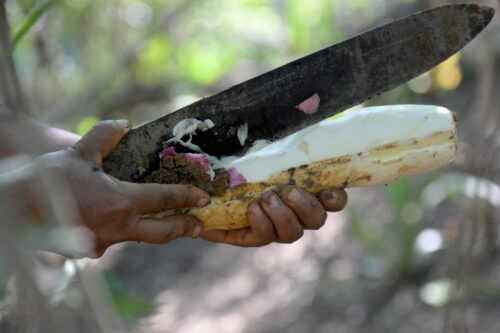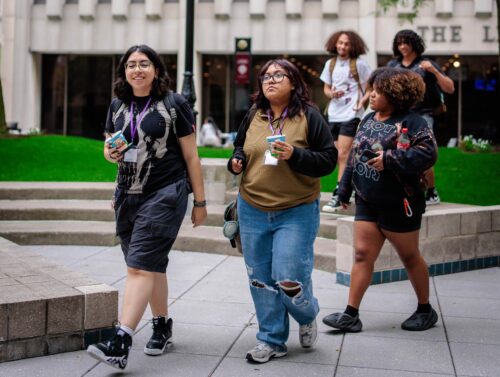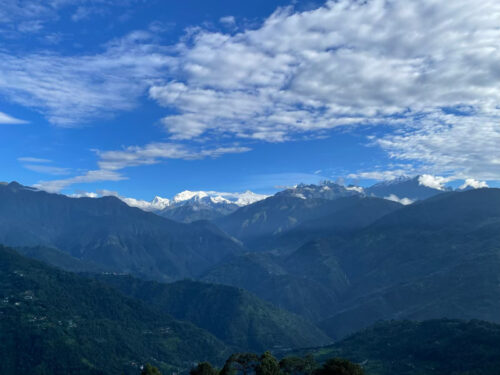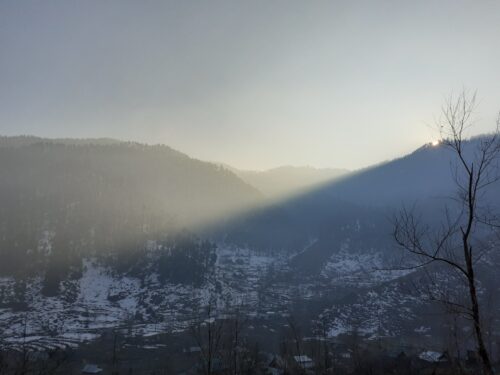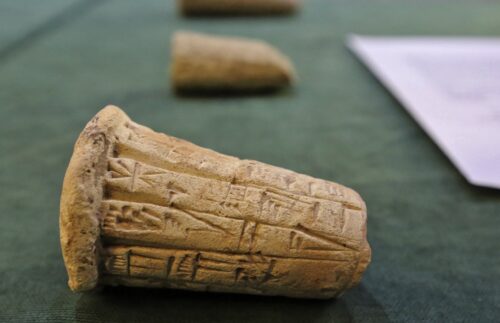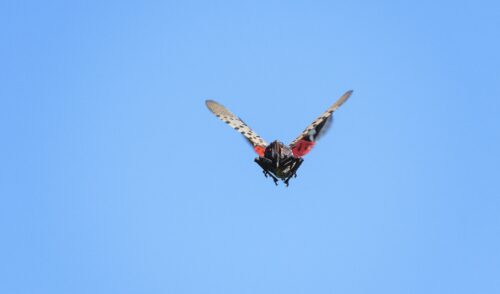Payangko, or Echidna (Zaglossus attenboroughi)
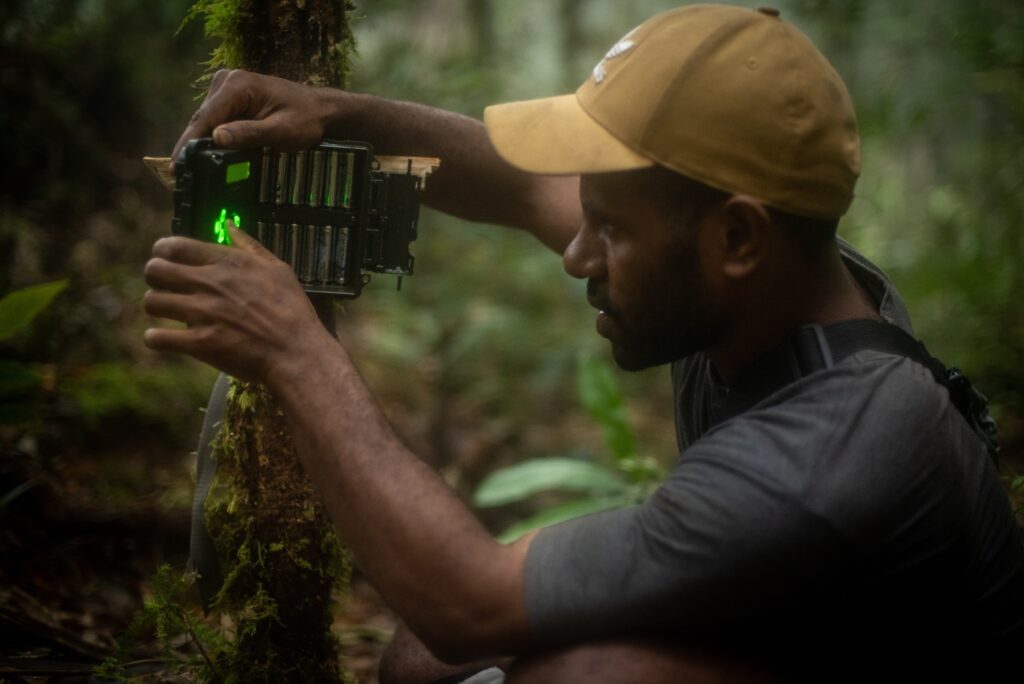
As a parent of a young child who loves animals, I find myself speaking with her about species extinction and conservation fairly often. In this regard, we were both deeply struck by a story on November 9, 2023, of a team of researchers that had sighted Attenborough’s long-beaked echidna in Indonesia’s Cyclops Mountains.
The long-beaked echidna, a small mammal that looks like a hedgehog with an extended nose and longer spikes, is a highly endangered “lost” species, last seen over 60 years ago. The entire research project—coordinated between Oxford University, the nongovernmental organization Yayasan Pelayanan Papua Nenda (YAPPENDA), and Cenderawasih University—was conducted in careful collaboration with local communities, and press releases about the sighting noted a local tradition around the species:
The echidna has special cultural significance for the people of Yongsu Sapari. When there is a conflict within the community, rather than fighting, there is a tradition that one party goes up into the Cyclops to search for an echidna while the other party goes to the ocean to find a marlin. Both creatures were so difficult to find that it would often take decades or a whole generation to locate them, but, once found, the animals symbolized the end of the conflict and a return to harmonious relationships in the village.
The Yongsu Sapari tradition around the echidna made such an impact on my daughter that she made a drawing about it while I kept thinking about the significance of the echidna sighting at such a violent moment in the world. My daughter and I both felt that the wisdom of the tradition should reach a wider audience, of children and adults alike. And thus this poem emerged.
The poem was also inspired by the rhythms of the chalisas—praise poems to the gods—that I was surrounded by growing up in India. Like a portent, the long-beaked echidna’s reemergence at this conflict-ridden moment reminds us: There are other ways to resolve conflict, to de-escalate, to cease fire.
Payangko, or Echidna (Zaglossus attenboroughi)
“The discovery of a new dish does more for the happiness of the human race than the discovery of a star.”
― Jean Anthelme Brillat-Savarin, 1755–1826
Two hundred years ago,
according to some,
our happiness lay divided
between dishes and stars.
In our anthropocentric present,
forgetting food and space,
we unite to celebrate
the discovery, nay,
the rediscovery of any species
thought to have gone extinct
through our actions
and inactions.
Unsighted for sixty years,
we thought you eternally
excised from this Earth
Until a team of seekers—
no Occidental hero’s journey this
but a conjoined one—
set up the cameras
that captured you.
Your TikTok is short, decidedly low-key,
black-and-white. Grainy.
“With the spines of a hedgehog,
the snout of an anteater,
and the feet of a mole,”
you shuffle across our screens and
are celebrated across the world.
Named after a mythical monster by Western scientists,
named after a beloved Western biologist,
the local Yongsu Sapari community calls you payangko.
You are no monster.
You are a portent.
Sighted shortly before October 2023,
your timing could not be more important.
Egg-laying, milk-giving,
long-beaked, at long last,
you emerge.
You remind us of
the many ways
to resolve a battle.
One way explodes all around us.
Another way,
Yongsu Sapari elders say,
is for all sides to resolve
that all fighting must be stilled
until the next time you are seen
by one party
up high in the Cyclops Mountains.
The other party must run to sea,
descending thousands of feet
to Sapari, to Cenderawasih, to Jayapura
till they are able to sight
the similarly shy Marlin.
This could take another sixty years.
Until then:
Ceasefire.
